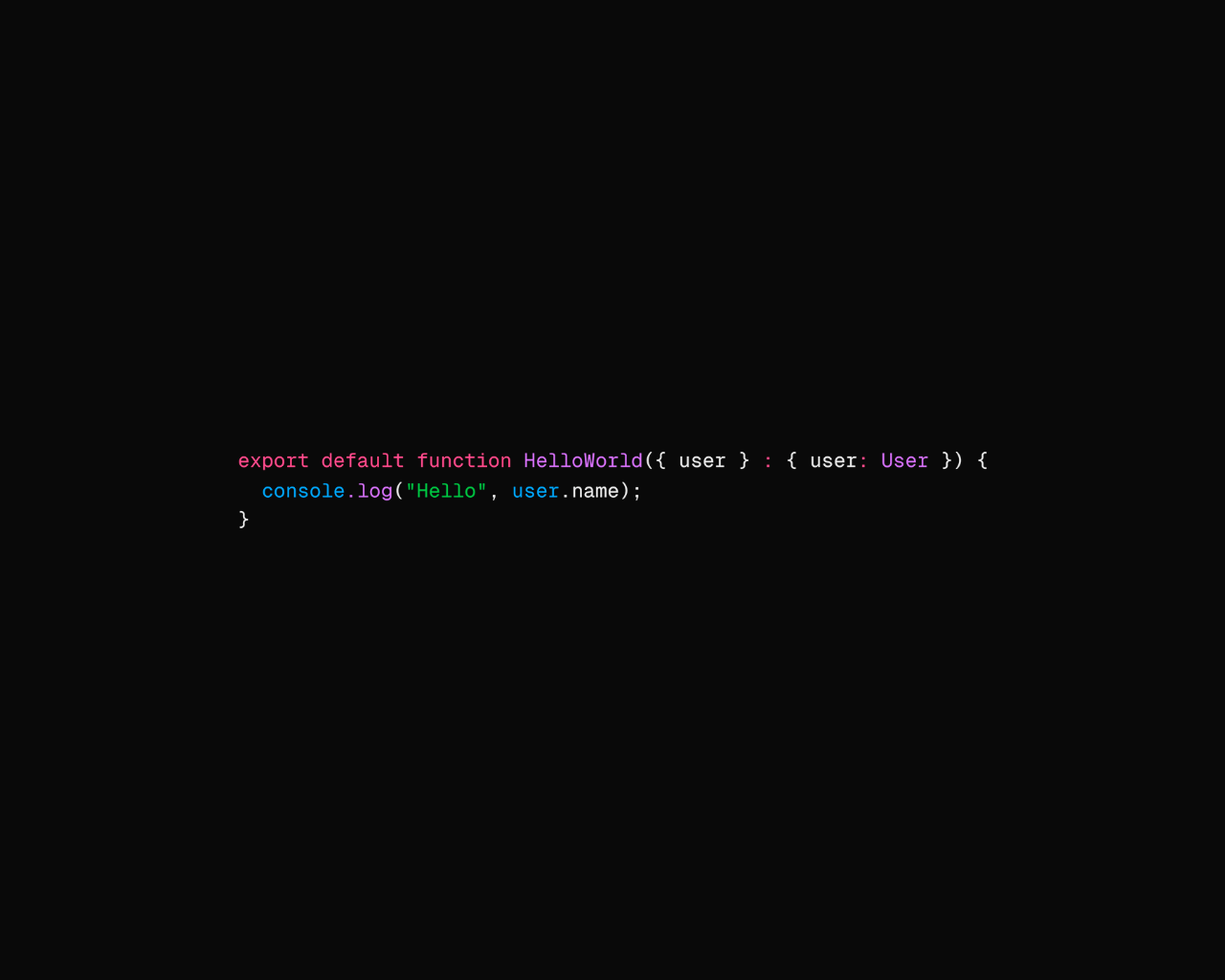第一幕:创建你的第一个 Babylon.js 场景
现在是时候创建我们的场景并在屏幕上生成一些东西了。我们将以 Vite 项目为例,从零开始搭建一个基础的 Babylon.js 场景。
1. 创建 Vite 项目并安装 Babylon.js
首先,我们需要创建一个 Vite 项目。打开你的终端,执行以下命令:
1
2
3
| npm create vite@latest my-babylonjs-app -- --template vanilla
cd my-babylonjs-app
npm install
|
接下来,安装 Babylon.js 库:
1
| npm install @babylonjs/core @babylonjs/loaders
|
2. 初始化场景要素
在main.js(或你选择的入口文件)中,我们需要引入 Babylon.js 并设置场景的核心要素:引擎、场景、相机和灯光。
1
2
3
4
5
6
7
8
9
10
11
12
13
14
15
16
17
18
19
20
21
22
23
24
25
26
27
28
29
30
31
32
33
34
35
36
37
38
39
40
41
42
43
44
45
46
47
48
49
50
51
52
53
54
55
56
57
58
59
60
61
62
63
| import {
Engine,
Scene,
ArcRotateCamera,
HemisphericLight,
Vector3,
MeshBuilder,
} from "@babylonjs/core";
const canvas = document.getElementById("renderCanvas");
const engine = new Engine(canvas, true);
const createScene = () => {
const scene = new Scene(engine);
const camera = new ArcRotateCamera(
"camera",
-Math.PI / 2,
Math.PI / 2.5,
3,
Vector3.Zero(),
scene
);
camera.attachControl(canvas, true);
const light = new HemisphericLight("light", new Vector3(0, 1, 0), scene);
light.intensity = 0.7;
const sphere = MeshBuilder.CreateSphere("sphere", { diameter: 1 }, scene);
sphere.position.y = 1;
const ground = MeshBuilder.CreateGround(
"ground",
{ width: 6, height: 6 },
scene
);
return scene;
};
const scene = createScene();
engine.runRenderLoop(() => {
scene.render();
});
window.addEventListener("resize", () => {
engine.resize();
});
|
3. 更新 index.html
在你的 index.html 文件中,确保有一个 <canvas> 元素,并且引入你的 JavaScript 文件。
1
2
3
4
5
6
7
8
9
10
11
12
13
14
15
16
17
18
19
20
21
22
23
24
25
26
27
| <!DOCTYPE html>
<html lang="en">
<head>
<meta charset="UTF-8" />
<meta name="viewport" content="width=device-width, initial-scale=1.0" />
<title>Babylon.js Basic Scene</title>
<style>
html,
body {
overflow: hidden;
width: 100%;
height: 100%;
margin: 0;
padding: 0;
}
#renderCanvas {
width: 100%;
height: 100%;
touch-action: none;
}
</style>
</head>
<body>
<canvas id="renderCanvas"></canvas>
<script type="module" src="/main.js"></script>
</body>
</html>
|
4. 运行你的应用
在终端中运行 Vite 开发服务器:
现在,你可以在浏览器中看到一个球体和一个地面,这就是你创建的第一个 Babylon.js 场景!
总结
通过以上步骤,我们成功地创建了一个基础的 Babylon.js 场景,并了解了引擎、场景、相机和灯光这几个核心要素的作用。
